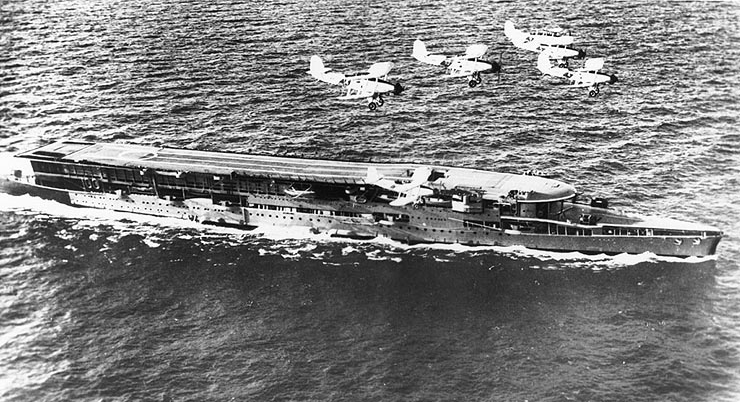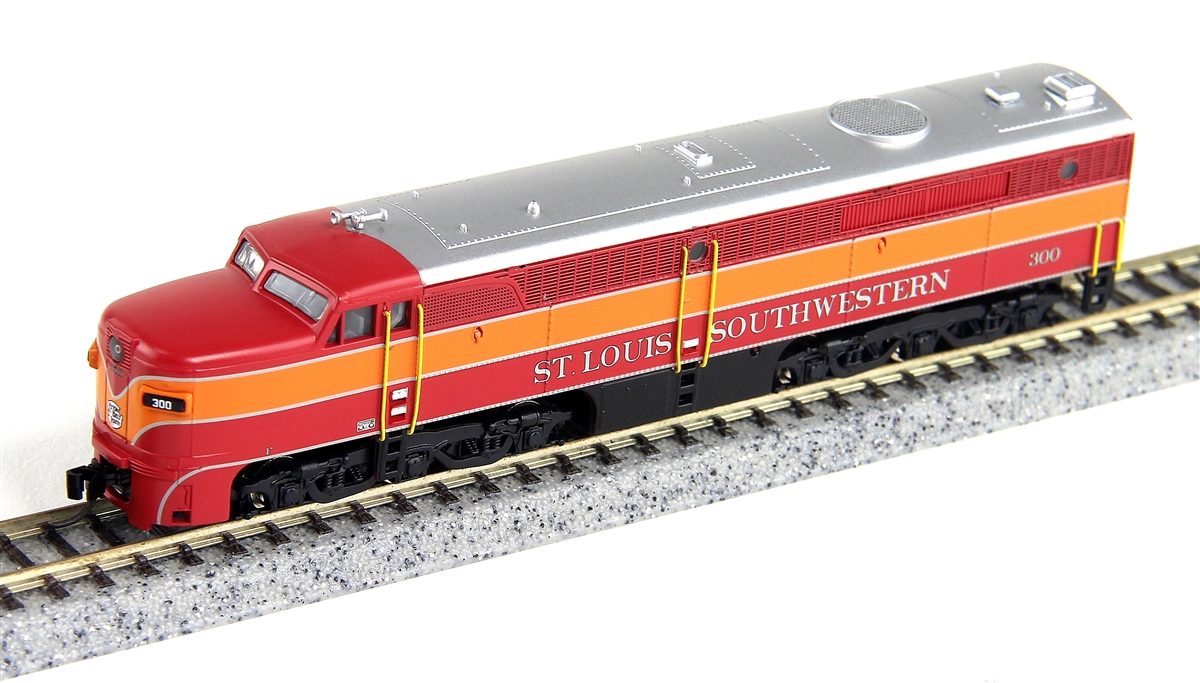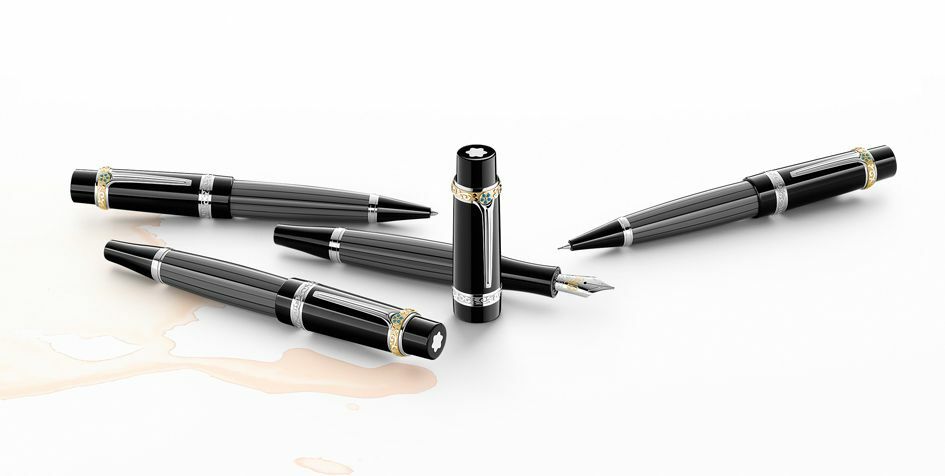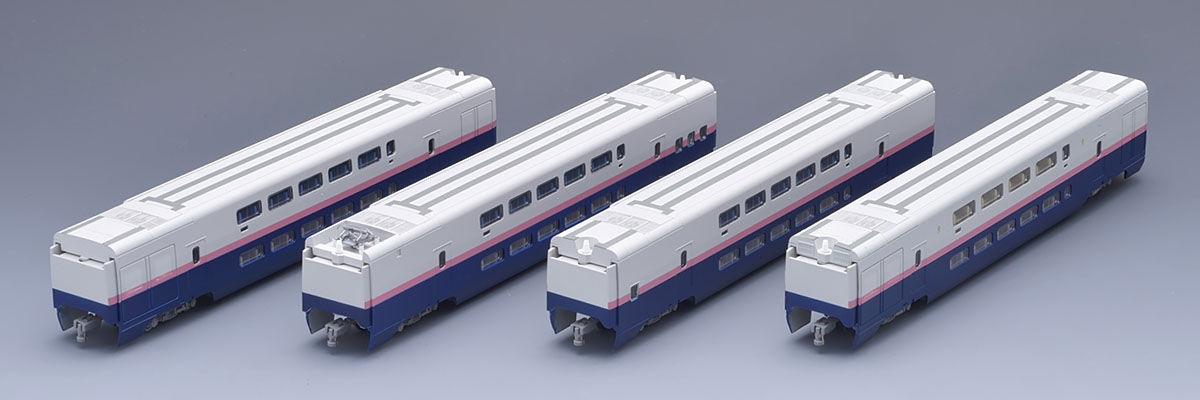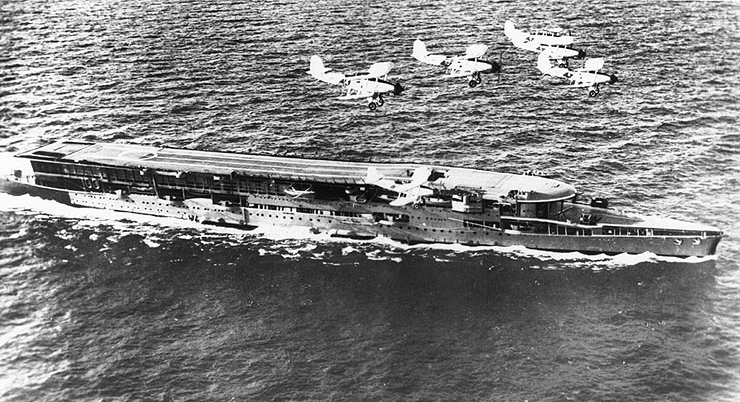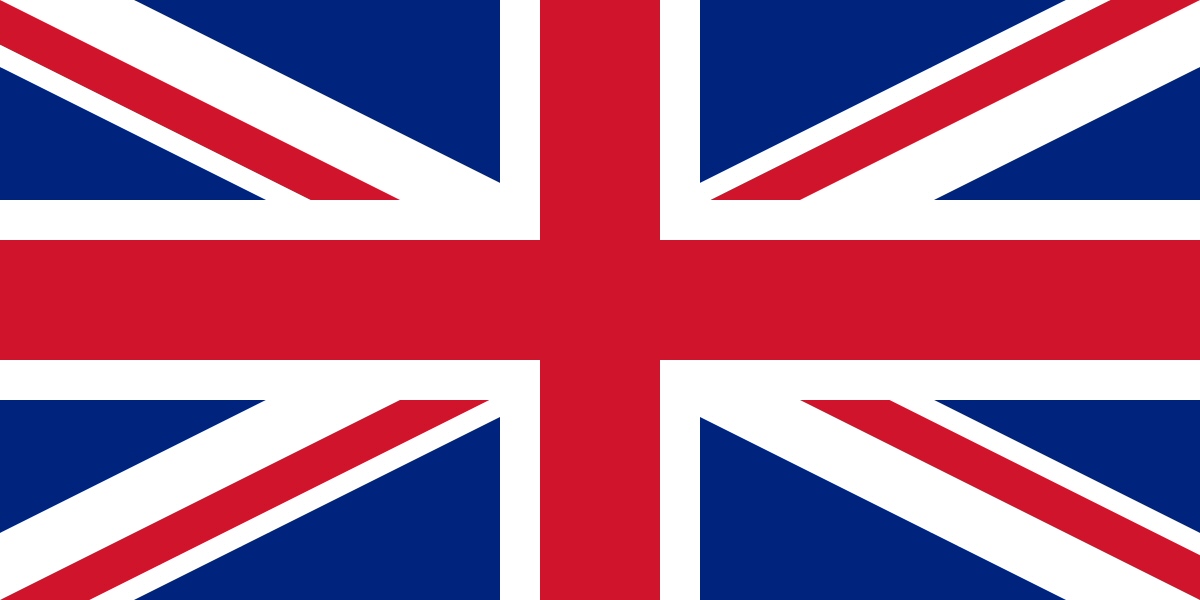HMS Furious
| Name | HMS Furious |
| Nationality | United Kingdom (Details) |
| Pennant/Designation | 47 |
| Period | World War I |
| Type | Carrier |
| Warship Class | Courageous (Details) |
| Year Launched | 1916 |
| Year Commisioned | 1925 |
| Last Year Active | 1948 |
| Status | Scrapped |
| Source of Text | Wikipedia |
| Credit Link | Link |
History:
HMS Furious was a modified Courageous-class battlecruiser built for the Royal Navy (RN) during the First World War. Designed to support the Baltic Project championed by the First Sea Lord of the Admiralty, Lord Fisher, the ship was very lightly armoured and designed to be armed with only two heavy guns (18-inch), one forward and one aft, plus a number of lesser guns. Furious was modified and became an aircraft carrier while under construction. Her forward turret was removed and a flight deck was added in its place, such that aircraft had to manoeuvre around the superstructure to land. Later in the war, the ship had her rear turret removed and a second flight deck installed aft of the superstructure, but this was less than satisfactory due to air turbulence. Furious was briefly laid up after the war before she was reconstructed with a full-length flight deck in the early 1920s.
After her conversion, Furious was used extensively for trials of naval aircraft and later as a training carrier once the new armoured carriers like Ark Royal entered service in the late 1930s. During the early months of the Second World War the carrier spent her time hunting for German raiders in the North Atlantic and escorting convoys. This changed dramatically during the Norwegian Campaign in early 1940 when her aircraft provided air support to British troops ashore in addition to attacking German shipping. The first of what would be a large number of aircraft ferry missions was made by the carrier during the campaign. After the withdrawal of British troops in May, Furious made several anti-shipping strikes in Norway with little result before beginning a steady routine of ferrying aircraft for the Royal Air Force.
By 1944, the ship's age and limitations became increasingly apparent and she was placed in reserve on 15 September 1944. The ship was paid off in April 1945 being berthed at Loch Striven, was used to evaluate the effects of aircraft explosives on the ship's structure. Furious was sold in 1948 for scrap, and had been completely broken up in Troon by 1954.[
After her conversion, Furious was used extensively for trials of naval aircraft and later as a training carrier once the new armoured carriers like Ark Royal entered service in the late 1930s. During the early months of the Second World War the carrier spent her time hunting for German raiders in the North Atlantic and escorting convoys. This changed dramatically during the Norwegian Campaign in early 1940 when her aircraft provided air support to British troops ashore in addition to attacking German shipping. The first of what would be a large number of aircraft ferry missions was made by the carrier during the campaign. After the withdrawal of British troops in May, Furious made several anti-shipping strikes in Norway with little result before beginning a steady routine of ferrying aircraft for the Royal Air Force.
By 1944, the ship's age and limitations became increasingly apparent and she was placed in reserve on 15 September 1944. The ship was paid off in April 1945 being berthed at Loch Striven, was used to evaluate the effects of aircraft explosives on the ship's structure. Furious was sold in 1948 for scrap, and had been completely broken up in Troon by 1954.[
Class:
The Courageous class of three aircraft carriers were conversions from battlcruisers much in the same vein as the USS Lexington and Saratoga. They were fast and large and could field an extensive air-wing. The first two shiips of the class, Courageopus and Glorious were quite similar, but the third ship, Glorious, was different enough that some historians considered it a different class.
As the first large, or "fleet", carrier completed by the Royal Navy, Furious was extensively used to evaluate aircraft handling and landing procedures, including the first ever carrier night-landing in 1926. Courageous became the first warship lost by the Royal Navy in the Second World War II when she was torpedoed in September 1939.[43] Glorious unsuccessfully hunted the Admiral Graf Spee in the Indian Ocean in 1939. She participated in the Norwegian Campaign in 1940, but was sunk by the German battleships Scharnhorst and Gneisenau on 8 June 1940 in the North Sea. Furious spent the first months of the war hunting for German raiders and escorting convoys before she began to support British forces in Norway. She spent most of 1940 in Norwegian waters making attacks on German installations and shipping, and most of 1941 ferrying aircraft to West Africa, Gibraltar and Malta before refitting in the United States. She ferried aircraft to Malta during 1942 and provided air support to British forces during Operation Torch. Furious spent most of 1943 training with the Home Fleet, but made numerous air strikes against the German battleship Tirpitz and other targets in Norway in 1944. She was worn out by late 1944 and was reduced to reserve in September before being decommissioned the following year. Furious was sold in 1948 for scrap.
Nationality:
The United Kingdom, made up of England, Scotland, Wales and Northern Ireland, is an island nation in northwestern Europe. England – birthplace of Shakespeare and The Beatles – is home to the capital, London, a globally influential centre of finance and culture. England is also site of Neolithic Stonehenge, Bath’s Roman spa and centuries-old universities at Oxford and Cambridge.
Item created by: gdm
on 2019-04-08 21:22:30
If you see errors or missing data in this entry, please feel free to log in and edit it. Anyone with a Gmail account can log in instantly.
If you see errors or missing data in this entry, please feel free to log in and edit it. Anyone with a Gmail account can log in instantly.


